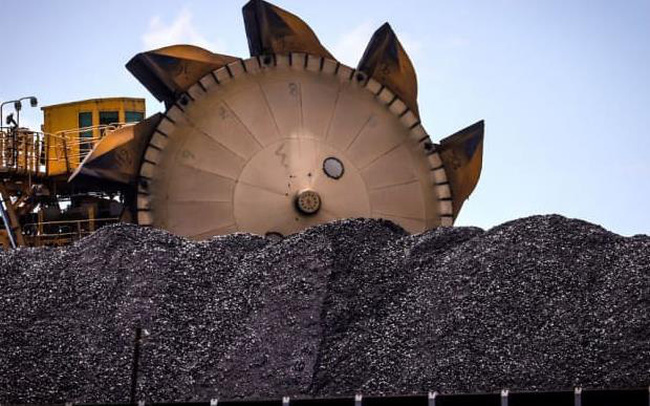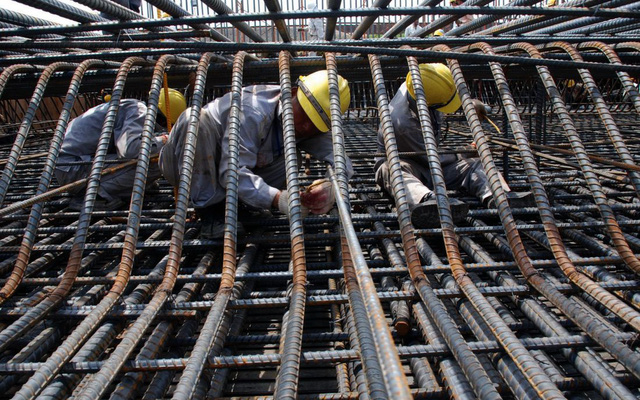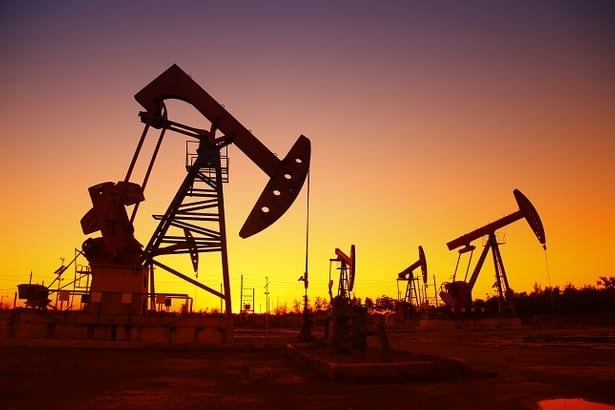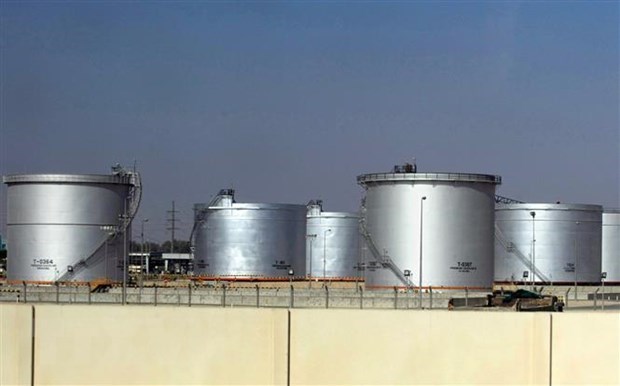
Workers work at the Huabei oil field on the outskirts of He Jian, China, on May 13, 2016. (Photo: Getty Images).
The world is facing a historic energy crisis. Gasoline prices in the US are fluctuating at a record $5/gallon. Energy prices in Europe remain sky-high. The administration of US President Joe Biden has tried everything, from freeing oil in the national reserve to asking Saudi Arabia. By early June, Riyadh softened and decided to increase production in July and August.
However, the above moves do not help much for consumers. Oil prices have not gone down yet. On the contrary, it is likely that oil will hit the threshold of 150 USD/barrel by the end of September – a price the world has not seen since 2008. Here are 4 reasons for this situation, according to Foreign Policy.
The first reason is very simple: Despite the upward momentum in prices, consumption of petroleum products does not seem to have declined. In fact, oil consumption in the US remained stable after Russia attacked Ukraine in late February.
Despite the decline in consumer confidence, Americans still buy goods in large quantities. Economic growth and employment remained solid, despite warnings of stagnant inflation and recession.
During the months of July and August, the consumption of fuels such as gasoline and diesel in the US usually increases sharply, as many people go on vacation.
Other major economies also saw a spike in demand. After several months of blockade of major cities like Shanghai, China’s economy is starting to revive. Overall, demand at home and abroad remains very strong in the US and is likely to pick up over the next few months.
The second reason is more complicated and has to do with the way crude oil is processed into oil products. Oil comes in many varieties, and every crude oil must pass through refineries and undergo chemical transformation before it is sold to consumers.
The refining process takes a lot of time and effort, and each plant is designed to produce only certain types of products in specific volumes. Changing refinery capacity is expensive, both in terms of money and time.
During the COVID-19 pandemic, a series of oil refineries in the US and Europe have closed. Part of the reason comes from the epidemic, but nonetheless companies have considered reducing refining capacity from the end of 2019 due to narrowing profit margins and the uncertainty of future demand. As a result, the current boom in consumption of petroleum products is causing demand to exceed processing capacity, both for gasoline and diesel.
Countries and businesses can use oil in storage – but this inventory is depleting at breakneck speed. This is the third reason why oil prices will continue to climb.
Investors who bet on oil prices keep a close eye on inventories. The sharp drop in inventories suggests that demand will continue to be strong despite a decline in consumption, as businesses and governments need to buy to fill storage.
For example, the Biden administration intends to release 260 million barrels of oil from the stockpile in the 12 months from October 2021. Stockpiles will be filled in the fall of this year, and then oil prices will come under increasing pressure.
The fourth reason is supply. Under normal circumstances, producers would respond to high demand by pumping in more oil. But the world now has very little spare capacity left.
The United States, the world’s largest oil producer, is expected to increase production by 720,000 bpd in 2022. Major constraints such as a lack of pipelines and labor to dig new wells make it difficult for the US to increase production. more output.
OPEC spare capacity has fallen below 2 million barrels per day. Recently, OPEC announced that it will supply about 650,000 barrels of oil more in July and August. However, experts believe that OPEC will not be able to fulfill its promise because many member countries still have difficulty in meeting the requirements. current quota.
Most important of all is the supply shock caused by Western sanctions on Russia, including the US and EU embargo on Russian oil. The US Energy Information Administration (EIA) estimates that the world will lose 2 million barrels of oil per day amid Russia’s production cuts. This is much larger than the new production that the US and OPEC can offset.
For the above 4 reasons, oil prices will continue to go up. Whatever the exact number is is still a matter of controversy. The newspaper Foreign Policy said a reasonable estimate puts the ceiling in the range of 130-150 USD/barrel. When the price exceeds the upper limit, demand will collapse because consumers can no longer afford it. The last time this happened was in mid 2008.
T&G Import-Export Joint Stock Company
Address: 352 Hue Street, Le Dai Hanh Ward, Hai Ba Trung District, Hanoi
Hotline: 02473010868
Email: hrm@tginterjsc.com
Website: http://tgimportexport.com



















